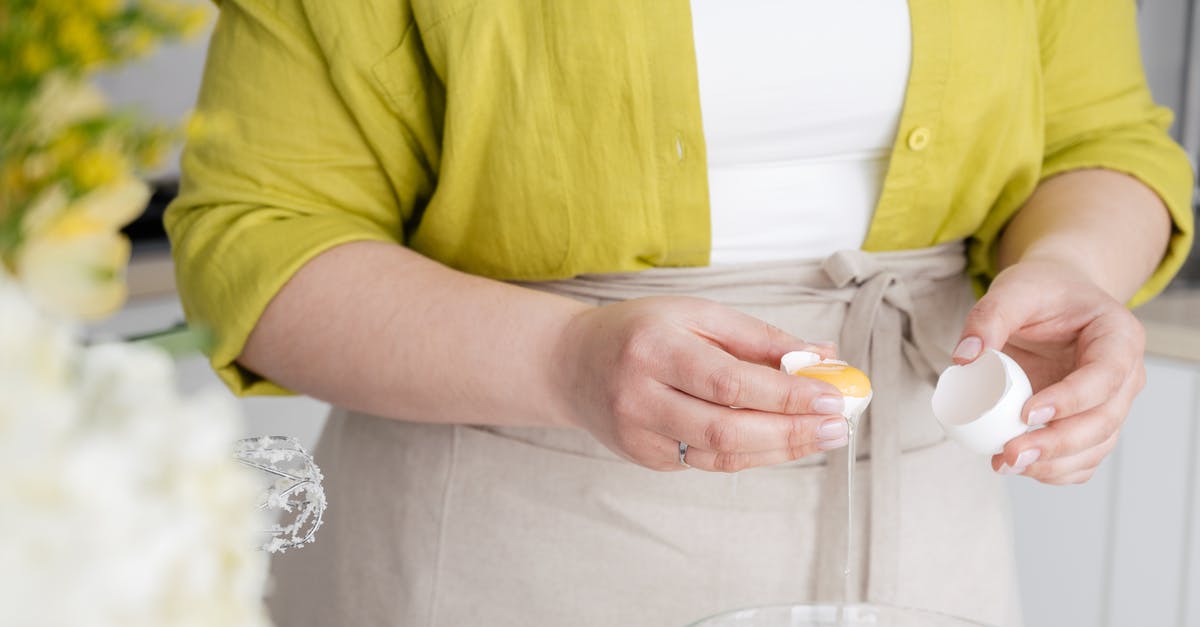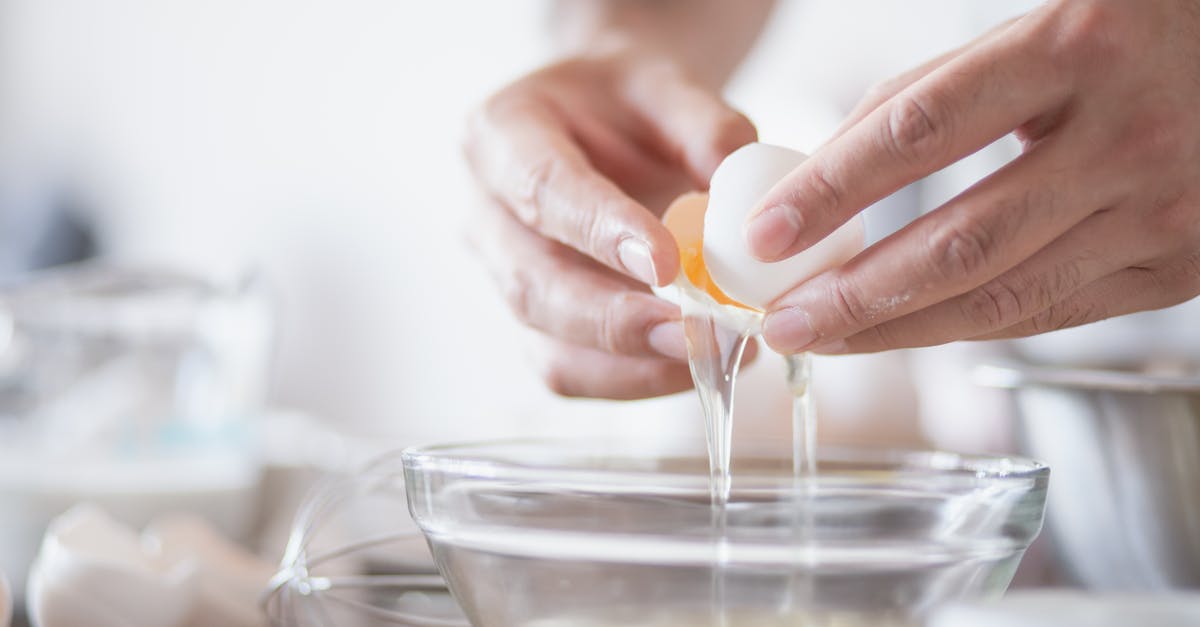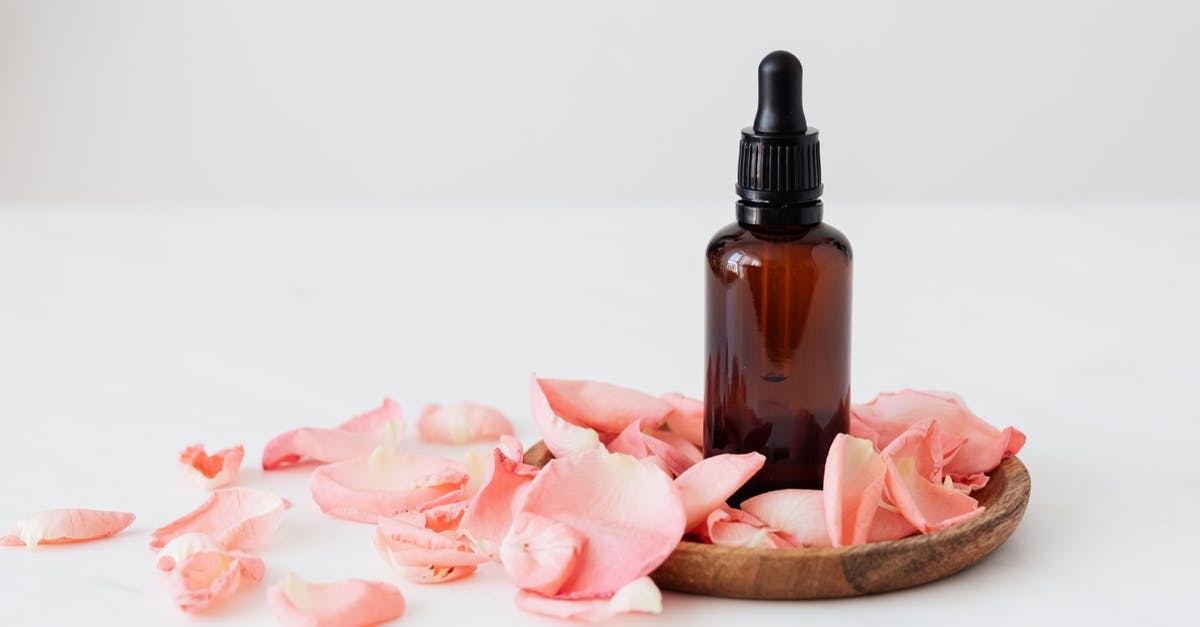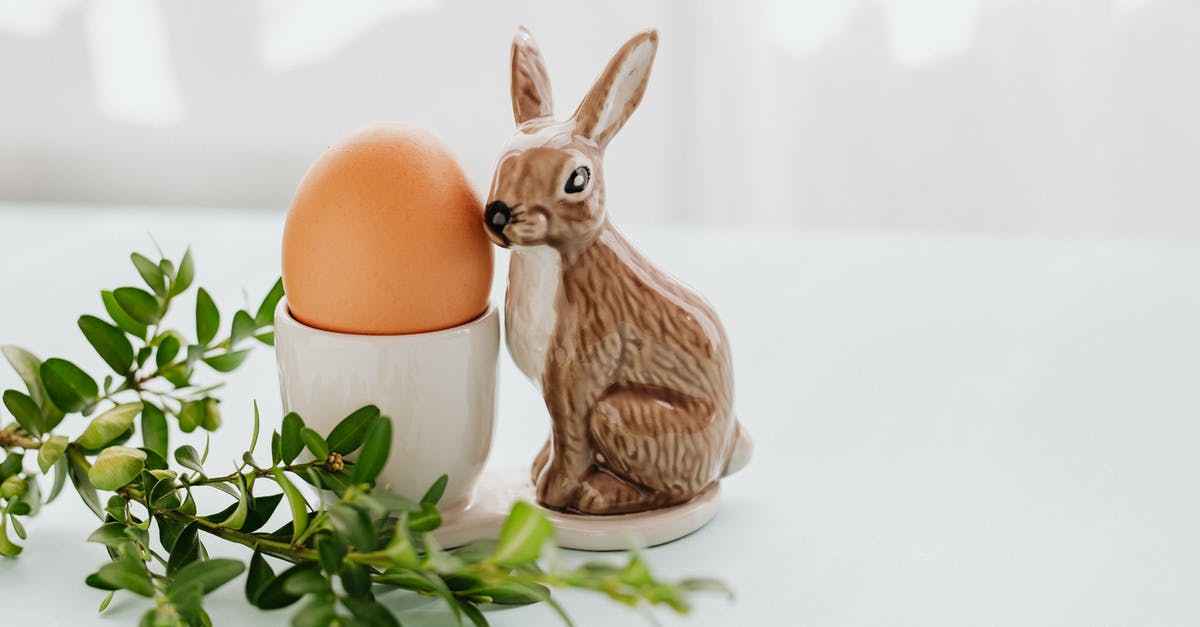Why do my egg whites separate after whipping?

Every time I try to whip egg whites, I seem to end up with the same problem. After a good bit of strenuous beating with the whisk, the egg whites finally reach the "firm peak" stage. I then go grab something (last night, it was the chili peppers to coat in egg), and right away the egg has separated into fluffy white peaks on top, and liquid on the bottom. What's going on? Is there a trick to keeping the egg white a uniform texture?
Best Answer
This is the nature of meringue: they will start to fall apart as soon as you stop whipping. There are a few tricks to help it hold longer, but in general you want to have EVERYTHING ready to go as soon as the meringue is whipped.
To help stabilize the meringue you can:
- Use a copper or SILVER-plated bowl to whip, or add a tiny amount of powdered copper supplement from a health food store
- Acidify it slightly: add 1/8 tsp cream of tartar or 1/2 tsp lemon juice per white, before beating
- Let the bowl warm to room temperature, which increases the ability of the whites to take in air
- Ensure there is absolutely no yolk in with the whites. The fat greatly destabilizes the foam.
Now for WHY these tricks work:
I'm going to quote heavily from Harold McGee's "On Food and Cooking", as it does a wonderful job explaining meringues and other whipped egg whites:
Like the head on a beer or a cappucino, an egg foam is a liquid--the white--filled with a gas --air-- in such a way that the mixuture of liquid and gas keeps its shape, like a solid. It's a mass of bubbles, with air inside each bubble, and the white spread out into a thin film to form the bubble walls. And the makeup of these liquid walls determines how long a foam can stand up. Pure water has such a strong surface tension--such strong attractive forces among its molecules--that it immediately starts to pull itself together into a compact puddle; and it's so runny that it puddles almost immediately. The many nonwater molecules in egg white both reduce the surface tension of the water they float in, and make it less runny, and thus allow the bubbles to survive long enough to accumulate in a sizeable mass. What gives the mass of foam a useful kitchen lifetime is the white's team of proteins.
Whisking unfolds these proteins, primarily globulins and ovotranferrin, which bond to each other and stabilize the bubble walls. Cooking will evaporate the water and unfold ovoalbumin, creating a rigid and permanent protein network.
However, the same proteins can ALSO destabilize the foam if they bond too tightly. "The protein network begins to collapse when too many of these bonds accumulate and the proteins cluster together too tightly" (page 102). In the case of egg proteins, one of the strongest bonds is a disulfide bond between the sulfur-containing amino acids, cysteine and methionine. Eggs contain copious quantities of these amino acids, which are why they produce such a potent stench when they spoil; the sulfur is converted to malodorous sulfur compounds, particularly hydrogen sulfide.
Copper, silver, and acids stabilize the egg foam by preventing the formation of these disulfide bonds. To quote Harold McGee (page 103):
It turns out that along with a few other metals, copper has the useful tendency to form extremely tight bonds with reactive sulfur groups: so tight that the sulfur is essentially preventing from reacting with anything else. So the presence of copper in foaming eggs whites essentially eliminates the strongest kind of protein bond that can form, and makes it harder for the proteins to embrace each other too tightly.
McGee also notes that silver has the same property of inhibiting disulfide bonding. Acid achieves the same goal of reducing disulfide bonding, but works slightly differently:
The sulfur bonds form when the sulfur-hydrogen (S-H) groups on two different protein molecules shed their hydrogens and form a sulfur-sulfur (S-S) connection with each other. The addition of an acid boosts the number of free-floating hydrogen (H) ions in the egg white, which makes it much harder for the S-H groups to shed their own H, and so slows the sulfur bonding down to a crawl.
Pictures about "Why do my egg whites separate after whipping?"



Why do my whipped egg whites separate?
If you keep whipping the whites they will first turn dry, losing their glossy sheen, and then start to pull apart a bit the way foam on the ocean does, and then the protein strands you have so carefully stretched and filled with air will simply collapse and break apart, the water and protein in the egg whites will ...How do you fix separated egg whites?
If clumps are stubborn, egg whites are over beaten. Fix the remaining egg whites like this: Add a fresh egg white to the remaining whites in the mixer bowl and whip for a couple of seconds\u2014just to remoisten the foam and make it supple enough to fold. Don't overdo it or the egg whites will become over whipped again!What happens if I overbeat egg white?
The egg whites should not droop or fall off the whisk. Do not overbeat at this stage. If you beat the egg whites until they are dry, they will break down as you fold them into the batter, creating a heavier, denser end product.Whipping Egg Whites To Perfect Peaks
More answers regarding why do my egg whites separate after whipping?
Answer 2
Hard to say what's going on exactly, but there are a few things you can do.
- Add a pinch of salt before whisking.
- Have the whites and the bowl cold.
- You can even put the bowl in a cold bain marie.
- Use a very clean metal bowl (grease will interfere).
That's about it.
Answer 3
Same thing happens to me every time when making sponge cake! it helps if your egg whites are at room temperature instead of cold.
Answer 4
We were making a topping for muffins wth egg whites agave & cream of tarter. It separated out before the muffins were cooled enough for icing. I thought to cook in a double boiler while beating with an electric mixer to form peeks. Like a 7 min. Icing. MED. LO heat . Worked fine!! Remained stable in the frig for days! And I did not need to be concerned about the safety of keeping raw eggs fresh.
Sources: Stack Exchange - This article follows the attribution requirements of Stack Exchange and is licensed under CC BY-SA 3.0.
Images: SHVETS production, Los Muertos Crew, Karolina Grabowska, Karolina Grabowska
